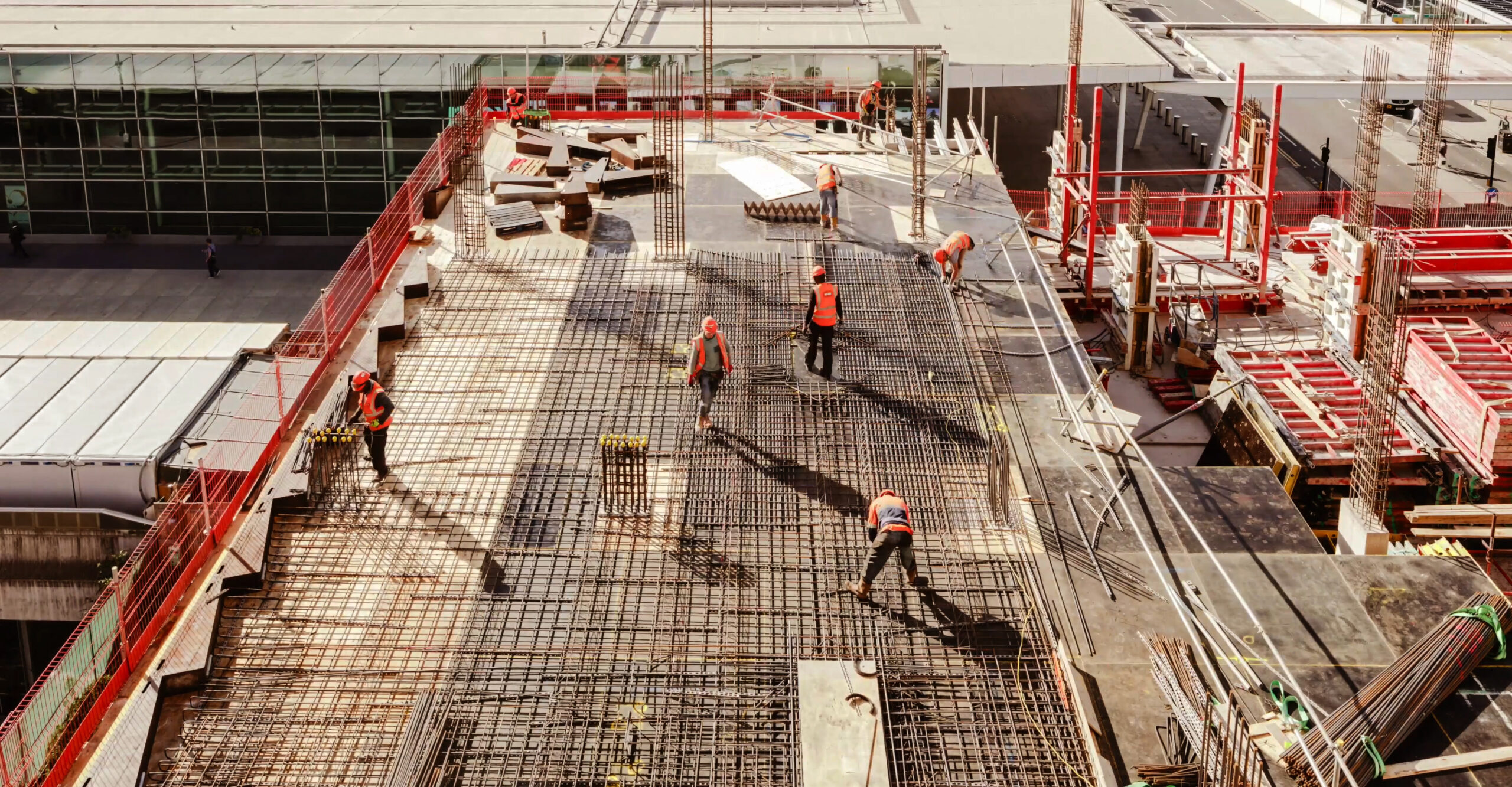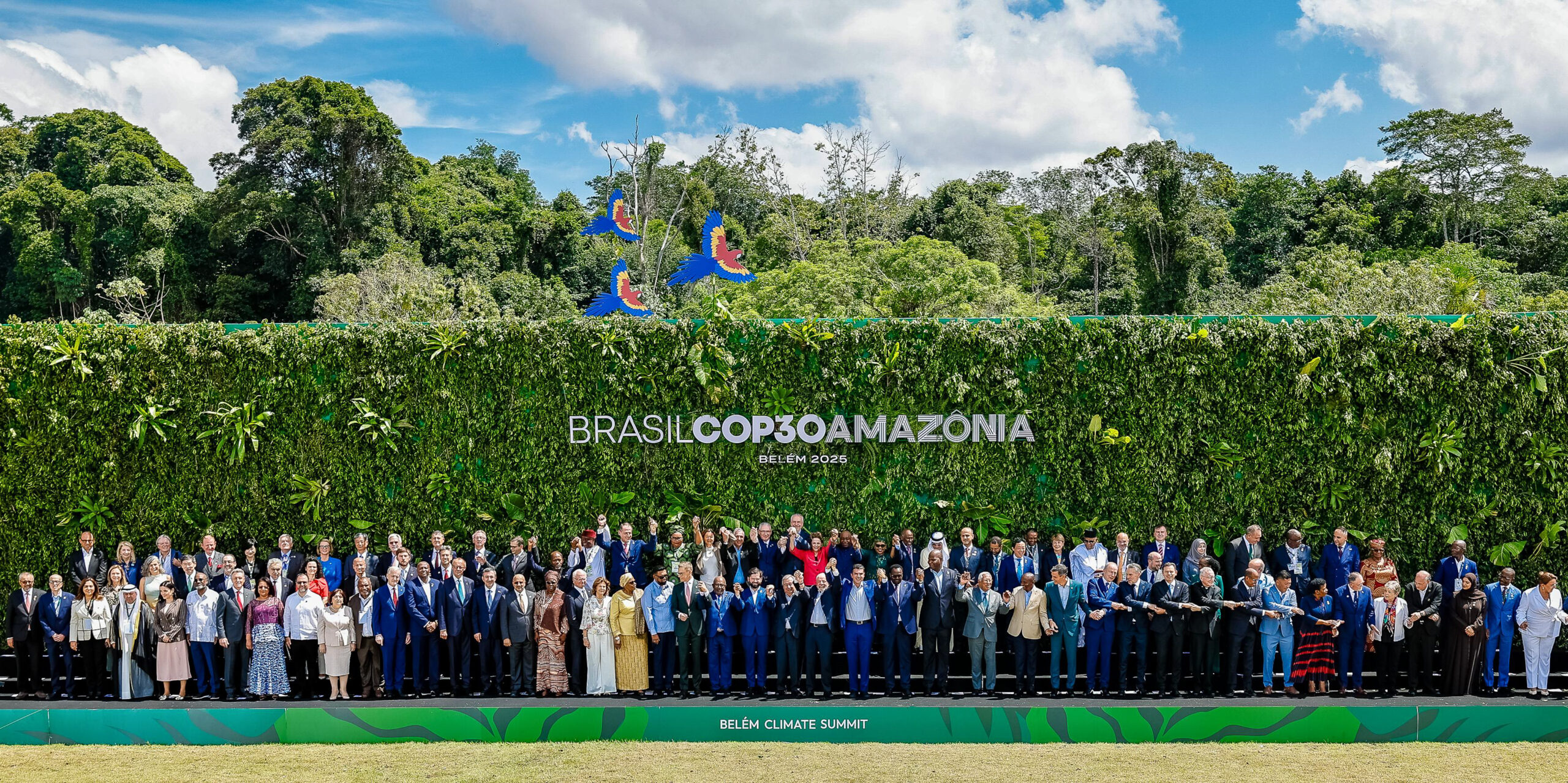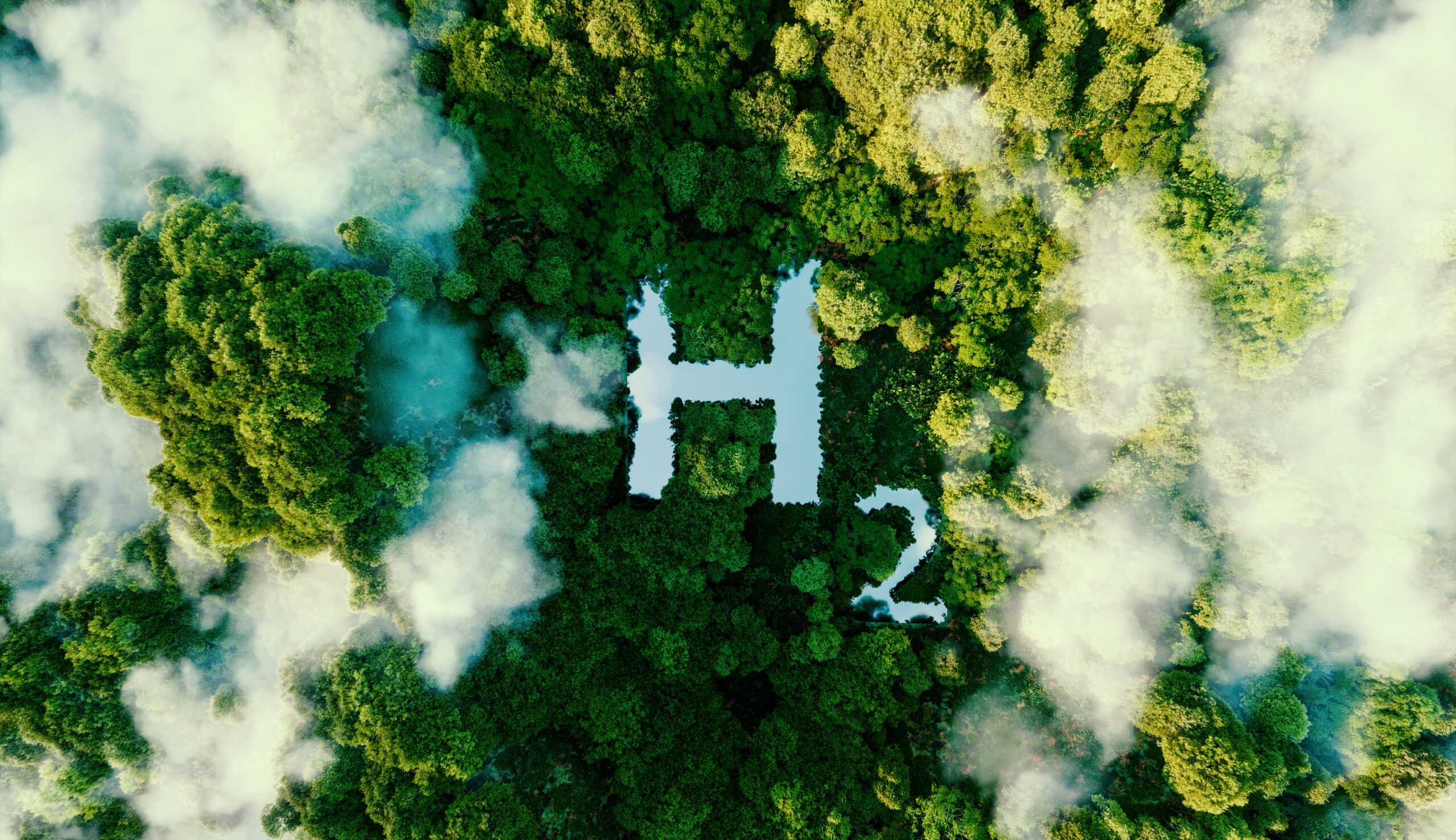Youth activism has risen to new levels this year, most visibly with teenager Greta Thurnberg rallying and inspiring millions of climate activists around the world. Why are so many young people turning against the status quo? Xynteo Exchange 2019 took a deeper look at this trend in a conversation with youth activists Ella Marie Hætta Isaksen of Norway and Ridhima Pandey of India, moderated by Thorhild Widvey, Chair of Statkraft.
“I want to have an open and honest conversation with two young female activists: what is the other side not hearing?”, Widvey asked, to open the conversation. 11-year-old Pandey said directly: “People know what the issue is: climate change. And it’s being ignored. Why do kids have to suffer for others’ ignorance? This makes me very angry.”
Pandey first rose to the spotlight as a 9-year-old in 2017, when she petitioned the Indian government for failing to meet its public duty to mitigate climate change. She was also among the 16 children who stirred up last month’s UN Climate Change Summit in New York City, by filing a complaint to protest against the lack of government action to address climate change.
“I can relate to this in India. Millions are suffering from disease and dying in floods. I don’t want to die of this and I don’t want anyone else to have to suffer. We have to face difficulties in our future – things we shouldn’t be having to,” Pandey told the hundreds of leaders in the room. “People need to be aware of this – the biggest barrier is forced ignorance. In India, people need to learn, hear and act. We know what’s happening and we are not going to be quiet!”.
Sami artist and environmental activist Ella Marie Hætta Isaksen spoke about her journey to making indigenous voices heard.
“As a Sami activist, I’m sceptical to growth, as sometimes it doesn’t respect our ecosystem. We can’t all live like the Sami people, but we can respect the ecosystem’s boundaries,” she said.
Isaksen is inspired by the resistance of the older Sami generation. In 1978, massive protests broke out in Norway over the building of a dam that could have wiped out the lands and livelihood of the Samis who lived on the banks of the Alta river. Despite the relentless protests, the Norwegian government approved the dam construction. Nonetheless, the protests highlighted indigenous environmental rights and inspired the Finnmark Act of 2005, which gave the indiginious population more rights over their land.
“The other side is not hearing the truth. It’s really frustrating to talk and hear honestly about this. I often get told “Don’t be so angry. Can you smile more?”, Isaksen said. “This is nothing to smile about. It’s not comfortable for them to hear the truth. That’s why we scream so loudly, because they’re not listening. It’s not enough.”
“No one wants to do bad things for others, but we have to think long-term. Taking land and cutting trees is not the right way to go. Many studies show that the places where biodiversity is kept, is where the indigenous people have been guardians of the land. Maybe we should listen more to them”, Isaksen concluded.
–
Stay up to date with our latest interviews by following us on social media (LinkedIn I Twitter), or Contact Us to find out how we can help your leaders and organisation create people and planet-positive impact.



